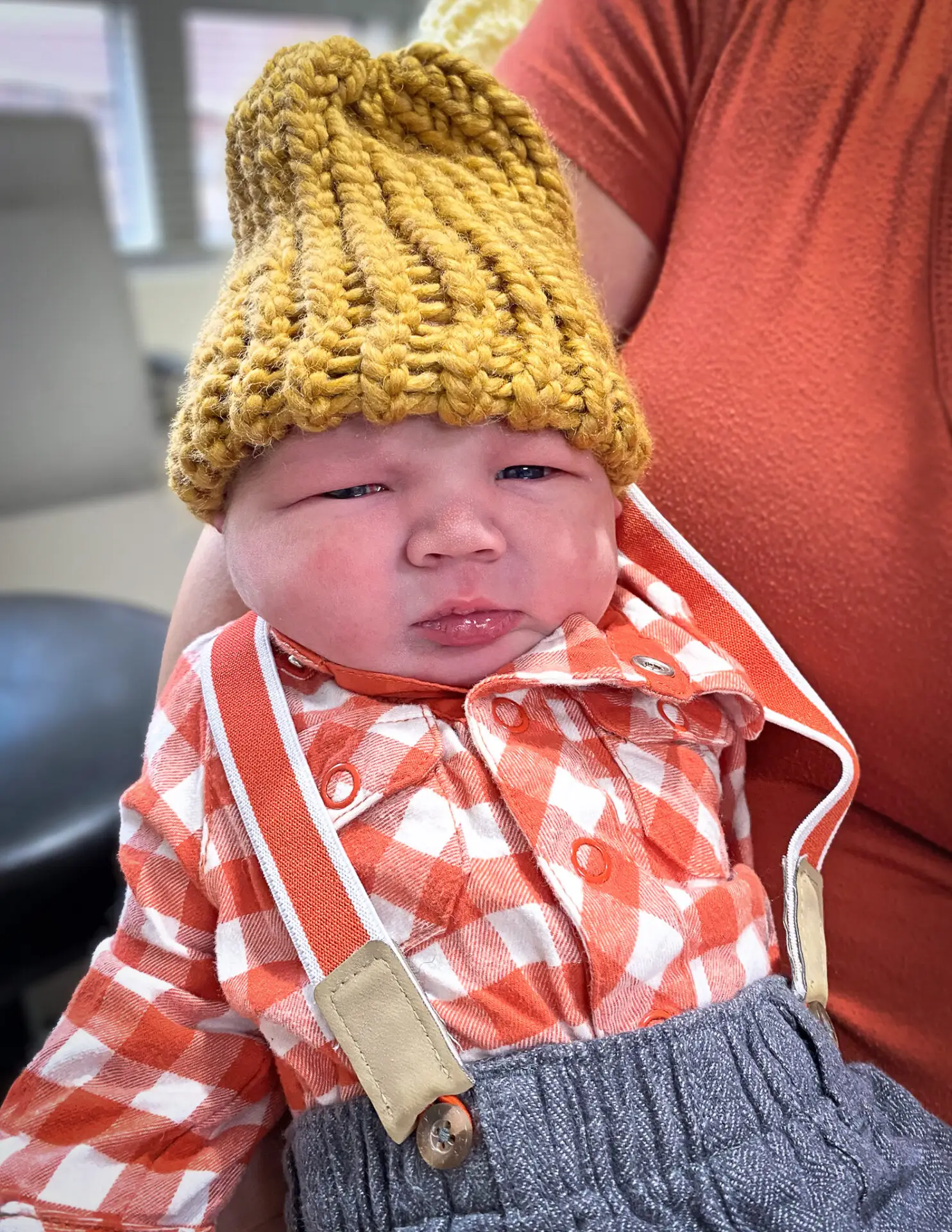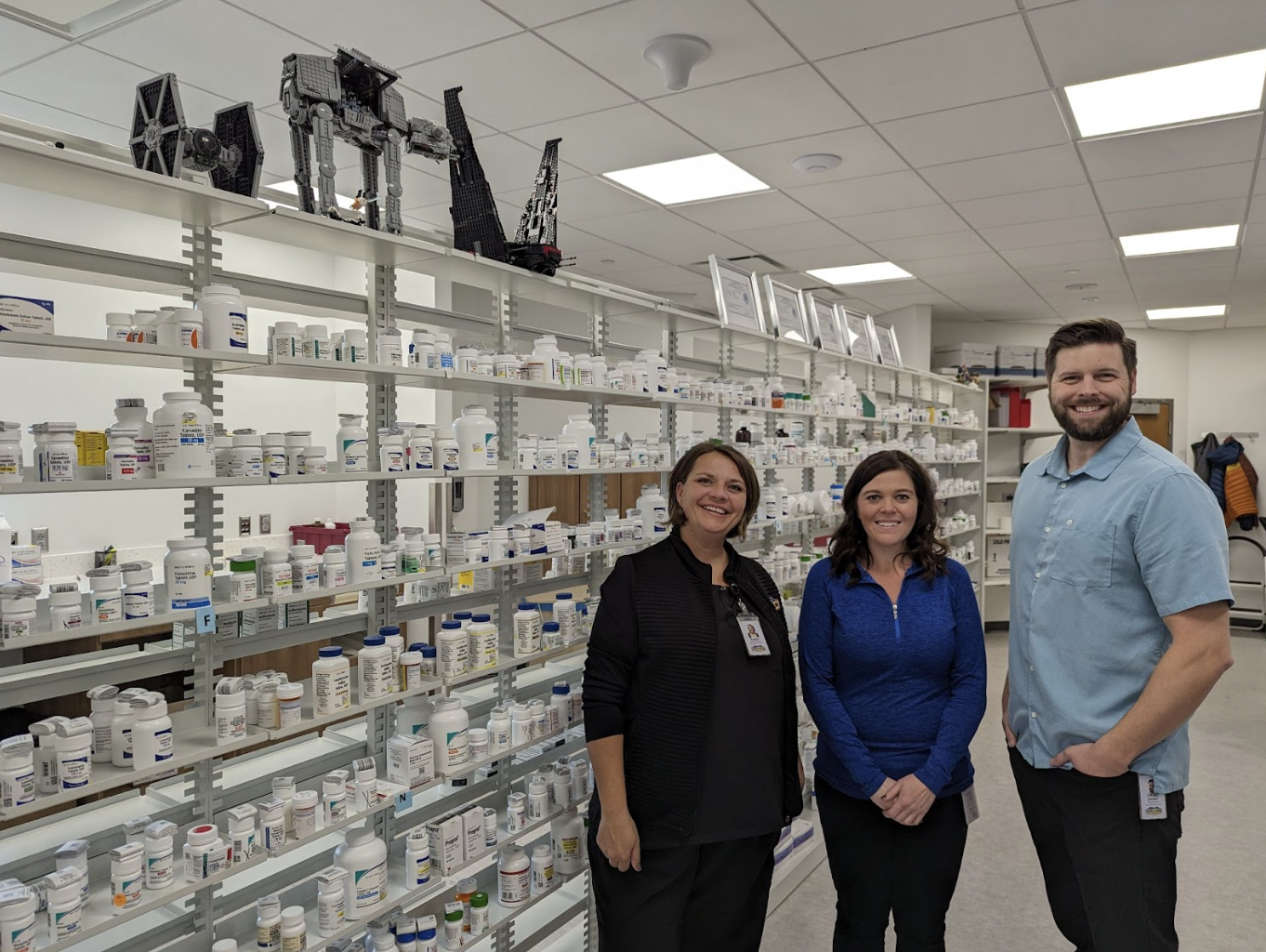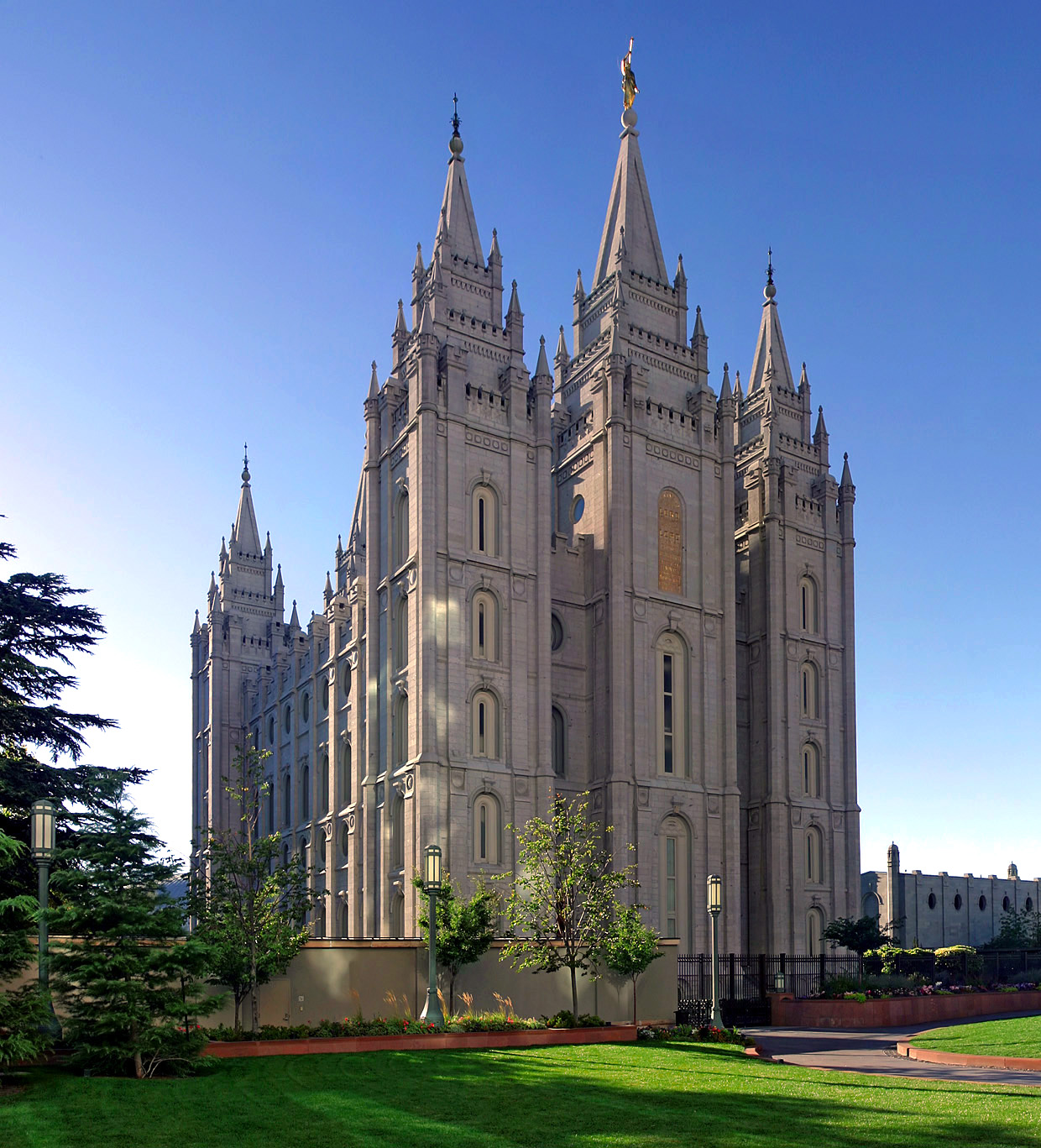There’s a chill in the air and trees are sporting their autumn gold, and we’re all ready for some Halloween fun. But in the age of COVID-19, with so many of life’s traditions on hold or modified, it can be unclear what Halloween activities will – or should – be happening this year. We want to be fun-scared of things that go bump in the night without having a real fear that this fun will make people sick.
To assist in our decision making, the Centers for Disease Control and Prevention has issued new guidelines on how to celebrate Halloween safely, grouping activities into lower-risk, moderate-risk and higher-risk categories.
The CDC notes that, unfortunately, “many traditional Halloween activities can be high-risk for spreading viruses.” Higher-risk activities include traditional door-to-door trick-or-treating, and also “trunk-or-treat” events where treats are handed out from trunks of cars lined up in large parking lots.
To lessen the risk associated with trick-or-treating to “moderate,” the CDC says kids can pick individually wrapped goodie bags from locations that allow them to keep a social distance, such as at the end of a driveway or at the edge of a yard. (If you are making goodie bags, be sure to wash your hands for at least 20 seconds before and after preparing them.)
Other high-risk events include indoor costume parties and haunted houses – especially if alcohol or other drugs that impair judgment are involved. Going on hayrides or tractor rides with people who are not in your household, or traveling to a rural fall festival that is not in your community, are both high-risk activities in areas with community spread of COVID-19.
To stay in the moderate risk range, stick to small-group, outdoor, open-air costume parades or walk-through haunted forests where appropriate mask use is enforced and people can remain more than 6 feet apart. But, the CDC says, “If screaming will likely occur, greater distancing is advised.”
The CDC suggests using a Halloween-themed cloth mask instead of a costume mask because a costume mask is not a substitute for a protective cloth mask, and wearing both a costume and a protective mask together may restrict breathing.
Visiting pumpkin patches or orchards is also in the moderate risk category – so long as people use hand sanitizer before touching pumpkins or picking apples, and masks and social distancing are in place.
Lower-risk activities – what the CDC calls “safe alternatives” – mostly include things you can do at home by yourself or with the people who live with you. The agency’s suggestions include decorating your living space, having a Halloween movie night or participating in a virtual Halloween costume contest.
Carving pumpkins with members of your household – or with neighbors and friends outside at a six-foot-or-more distance – is safe. Another safe alternative – which includes the joy of roaming around gathering candy – is a scavenger hunt-style trick-or-treat search with household members in or around the home.
Do not host or participate in any in-person festivities if you or anyone in your household have been diagnosed with COVID-19 and have not met the criteria for when it is safe to be around others, have symptoms of COVID-19, are waiting for COVID-19 test results, may have been exposed to someone with COVID-19 in the last 14 days, or are at an increased risk of severe illness from COVID-19. The risk of severe illness from COVID-19 increases with age and with underlying medical conditions.
The CDC says that these guidelines are meant to “supplement” and not replace local ordinances.
Southeast Utah Health Department Public Information Officer Brittney Garff told the Moab Sun News on Oct. 6 that the health department “will not regulate the holiday” but encourages people to “be cautious,” especially those at a higher risk for COVID-19.
Utah Gov. Gary Herbert recently introduced the new COVID-19 Transmission Index which rates counties as having either high, moderate, or low transmission rate levels. There are different restrictions and recommendations associated with each level. The most current information may be found at coronavirus.utah.gov.
A mandatory face-covering order also remains in effect for Grand County in all public areas, including any indoor or outdoor space open to the public where social distancing is not possible. There are some exemptions including for the very young and those with certain medical conditions. For more information, go to cdc.gov/coronavirus and coronavirus.utah.gov.
CDC offers alternatives to high-risk activities
“If screaming will likely occur, greater distancing is advised.”
– CDC Guidelines



